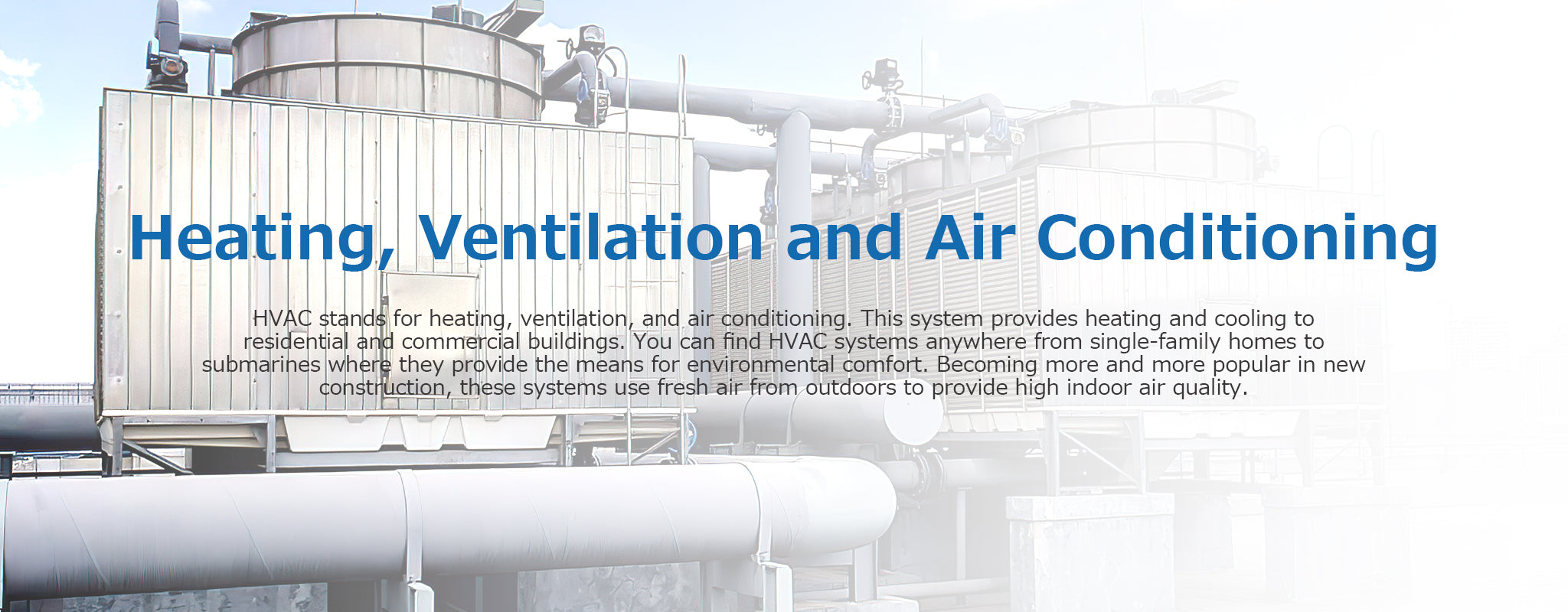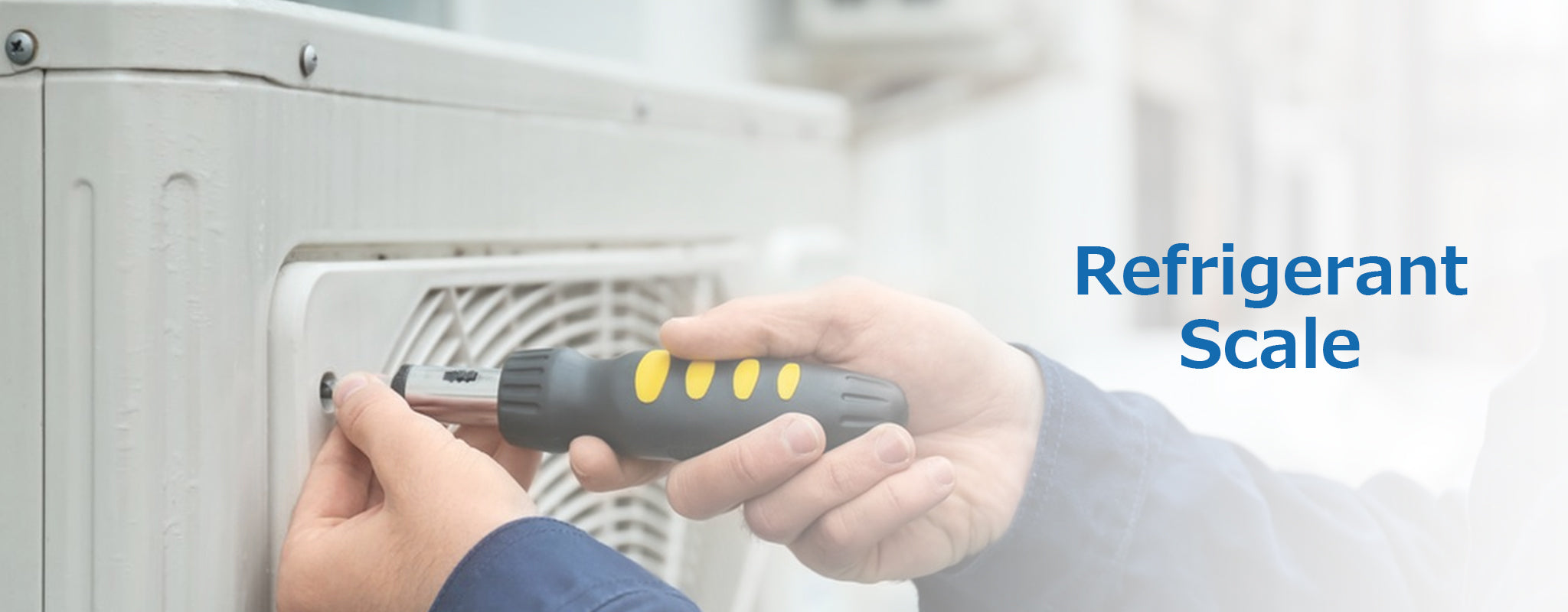Heating, Ventilation and Air Conditioning

Heating, Ventilation, and Air Conditioning (HVAC) refers to the technology of indoor and vehicular environmental comfort.
The main components of an HVAC system are the heating unit, air conditioning unit, and ventilation system. The heating unit provides warmth to the space, typically through the use of a furnace, heat pump, or boiler. The air conditioning unit cools the air and removes moisture, and the ventilation system circulates air throughout the building or vehicle, providing fresh air and removing stale or contaminated air.
In addition to providing comfort, HVAC systems play a critical role in maintaining indoor air quality. The ventilation system can help remove harmful pollutants, such as carbon monoxide and radon, from the indoor environment, while the air conditioning unit can remove excess moisture that can lead to mold and mildew growth. Furthermore, HVAC systems can also help improve indoor air quality by filtering the air, removing allergens, and other harmful particulates.
HVAC systems are also critical to energy efficiency. By properly controlling temperature and ventilation, HVAC systems can help reduce energy consumption and reduce costs associated with heating and cooling. Additionally, HVAC systems can be designed and installed to be energy-efficient, reducing the carbon footprint of a building or vehicle.

When choosing an HVAC system for a building or vehicle, it is important to consider a variety of factors, including the size of the space, the climate in the area, and energy efficiency. Properly designed and installed HVAC systems are essential for ensuring that indoor environments are comfortable, healthy, and energy-efficient.
In conclusion, HVAC systems play a critical role in maintaining indoor air quality, providing comfort, and reducing energy consumption. Whether in a building or a vehicle, a properly designed and installed HVAC system is essential for ensuring a safe and comfortable indoor environment.

